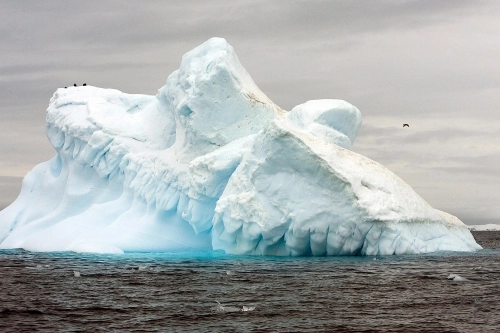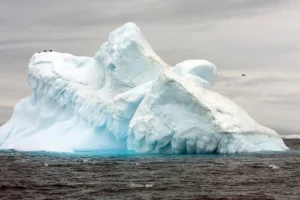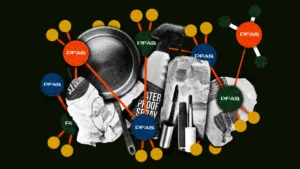As World Water Day 2025 approaches, global attention turns to a critical issue—glacial preservation. Climate change is rapidly accelerating glacial melt, threatening water security, ecosystems, and global stability. This year’s theme, “Glacial Preservation,” serves as a stark reminder of the urgent need for collective action to safeguard these vital water resources.
Why Glaciers Matter
Glaciers are more than breathtaking landscapes; they are crucial to Earth’s water cycle. Acting as natural reservoirs, they store vast amounts of freshwater and release it gradually, sustaining rivers, communities, and ecosystems worldwide. From the Himalayas feeding the Indus and Ganges rivers to the Andean glaciers supplying millions in South America, these frozen giants are essential for agriculture, industry, and daily life.
However, rising global temperatures are disrupting this delicate balance. While increased glacial melt initially results in more water flow, the long-term effect is severe water scarcity, jeopardizing agriculture, energy production, and livelihoods.
The Consequences of Glacial Melt
The impact of shrinking glaciers extends far beyond water shortages. It includes:
- Rising Sea Levels: Glacial melt is a major contributor to sea-level rise, endangering coastal communities.
- Increased Natural Disasters: Melting glaciers can trigger glacial lake outburst floods (GLOFs), devastating downstream regions.
- Ecosystem Disruption: Changing meltwater flows affect aquatic ecosystems, impacting biodiversity and water quality.
- Accelerated Climate Change: The loss of ice reduces Earth’s reflectivity, intensifying global warming.
How We Can Protect Glaciers
Addressing this crisis requires urgent, collective action through:
- Mitigating Climate Change: Reducing greenhouse gas emissions by transitioning to renewable energy, promoting sustainable transportation, and enhancing energy efficiency.
- Strengthening Water Management: Developing strategies to adapt to changing glacial melt patterns, improving water storage, and implementing efficient irrigation practices.
- Investing in Research & Monitoring: Continuous tracking of glacial melt rates and water availability is vital for informed decision-making and policy development.
- Raising Awareness & Education: Public awareness campaigns and educational initiatives play a crucial role in promoting sustainable practices.
- Fostering Global Cooperation: Tackling glacial melt requires international collaboration, knowledge-sharing, and resource mobilization.
Be Part of the Solution
World Water Day 2025 is a crucial moment to amplify the call for glacial preservation. Governments, businesses, communities, and individuals must recognize the urgency of this crisis and take meaningful action.
What You Can Do:
- Share this article to spread awareness about the importance of glacial preservation.
- Support organizations working to combat climate change and promote sustainable water management.
- Adopt water-saving habits in your daily life to reduce waste and promote conservation.
- Advocate for climate policies that prioritize glacial preservation and water security.
- Support scientific research on glacial behavior and sustainable water management.
The fate of our glaciers is intertwined with our own future. Protecting these vital resources ensures water security for generations to come and preserves the health of our planet. Let’s make World Water Day 2025 a turning point in our fight for a sustainable future!





